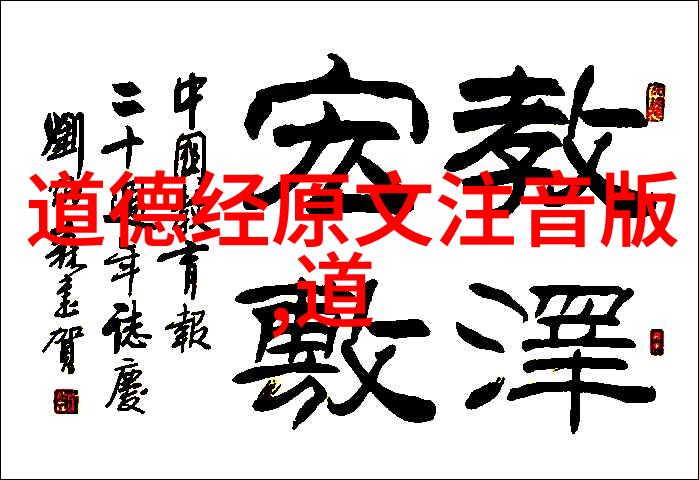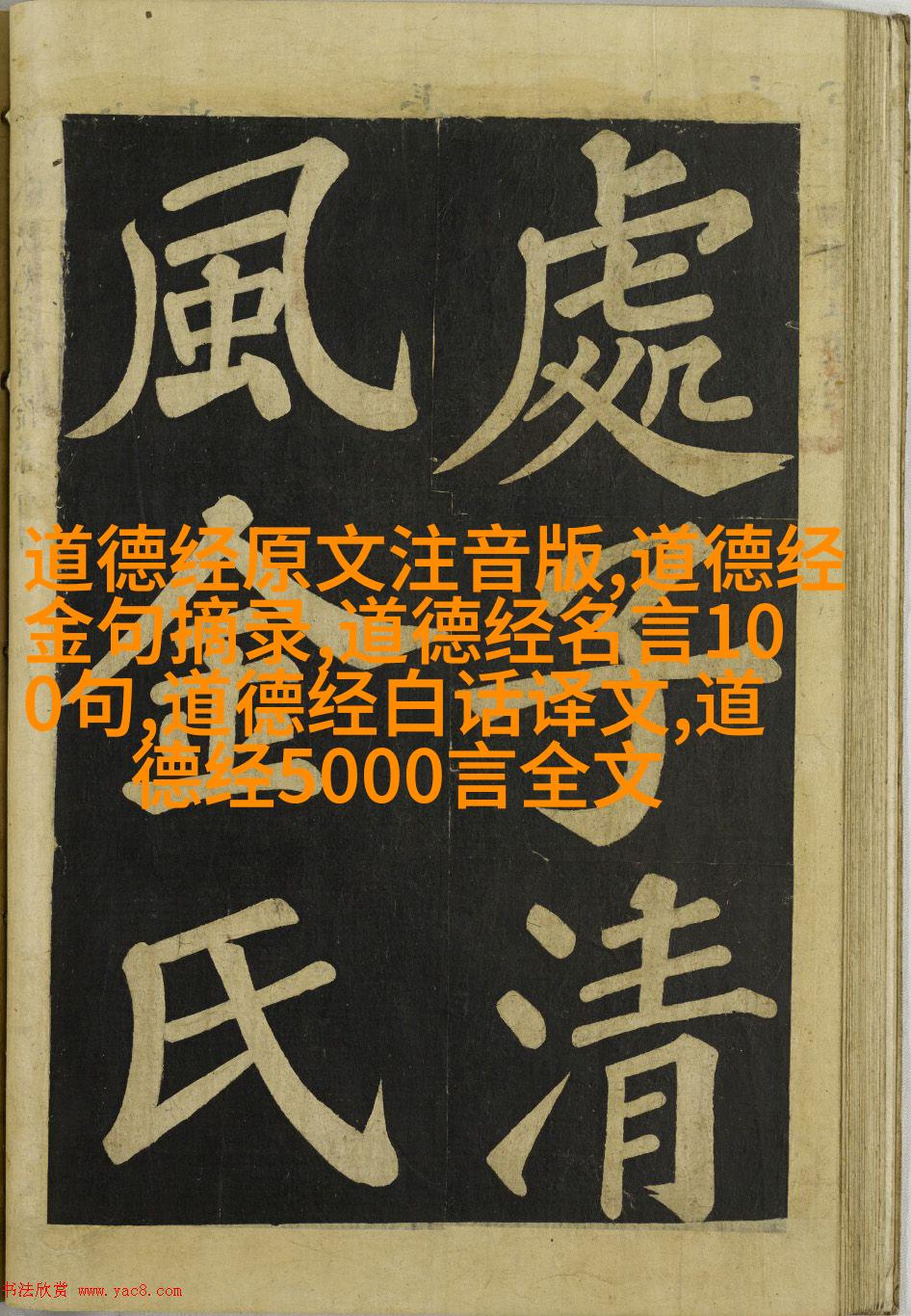帝王术:法家与道家的智慧 —— 从《宗教学研究》探秘二十年来中国道教文学的深度挖掘

近20年来,中国的道教文学研究呈现出三个重点发展方向:一是对道教文学内容进行分类研究,二是探讨文人与道教关系,三是分析文学创作与道教之间的互动。本文基于《宗教学研究》所发表的论文,从这三方面进行考察,并采用统计方法,对相关刊物进行对比,以论述20年来中国道教文学研究的情况和趋势。
在上世纪80年代,当交叉学科研究成为新兴学术领域时,道教和文学这两门充满想象力的学科结合成了一门新的、待开拓的学科——即“道教文学”。自1983年,《中国大百科全书》的编委会将“道教文学”定位为“宗教卷”的重要条目,“道教文学”这一新兴领域正式进入了学者们的视野。

对于“ 道 教 文 学” 的 研 究 范 围 , 目 前 学 术 界 存 在 狭 義 说 和 广 義 说。 林 帅 月 等 人 提 出 了 狭 義 说,他 指 出:“ 道 教 文 学 作 品 必 须 生 成 于 道 教 成 立 以 后…… 必 须 是 以 道 教 活 动 为 目 的 而 生 成 的。” 林 师 将 一些 虽 然 受 到 道 教 影 响 但 与 道 教 活 动 无 直 接 关 系 的 作 品 排 除 在 外。持 “ 广 義 说” 的 学 者,如詹石窗认为:“ Daoist literature is with Daoist activities as its theme,” “the scope of Daoist literature research should also include works influenced by Daoist thought…Daoist literature research should discuss works with old Zhuangyuan thought as their purpose.” 詹先生不仅阐释了Daoist literature’s essence,还界定了其范围。他认为Daoist literature shouldn’t be limited to Daoist activities; works influenced by Daoism and those with old Zhuangyuan thought as their purpose should also be included in the study of Daoist literature. The broad definition approaches the essence of interdisciplinary studies, which involves interaction between disciplines from different angles and methods.
我们的研究可以从宗教学角度,也可以从文学角度;可以以Daoism as the central subject, or can take Literature as the central subject. Furthermore, the interaction between Daoism and Literature doesn’t only occur within religious activities but also penetrates into a broader literary creation domain. Adopting multiple perspectives and establishing various centers, this approach differs from the narrow definition that limits itself to a single perspective centered on Daoism.

《宗教学研究》作为主要专注于DAOIST studies’ journal,在80年代率先涉足到DOAISTLiterature领域,而在过去二十年的时间里,该期刊发表了大量影响力显著的文章。本文将评述1993年以来该期刊在该领域取得的一系列成果,并窥探过去二十年的中国DOAISTLiteratureResearch trends.
通过对《宗教学研究》的统计分析,我们发现该期刊出版的大部分文章聚焦于以下几个类别:DOAIST poetry、DOAIST prose、DOAIST drama、and DOAIST fiction。具体来说,这些分类中的诗歌作品主要集中在唐代,其词歌作品则以宋代为主,其戏曲作品则以元代最多,其小说作品则分散在明清两朝。此外,该期刊还涵盖了文人与DAOISM以及DAOISM与literature创作之间相互作用的问题。

总结而言,《宗教学研
